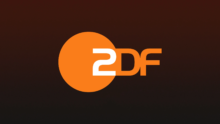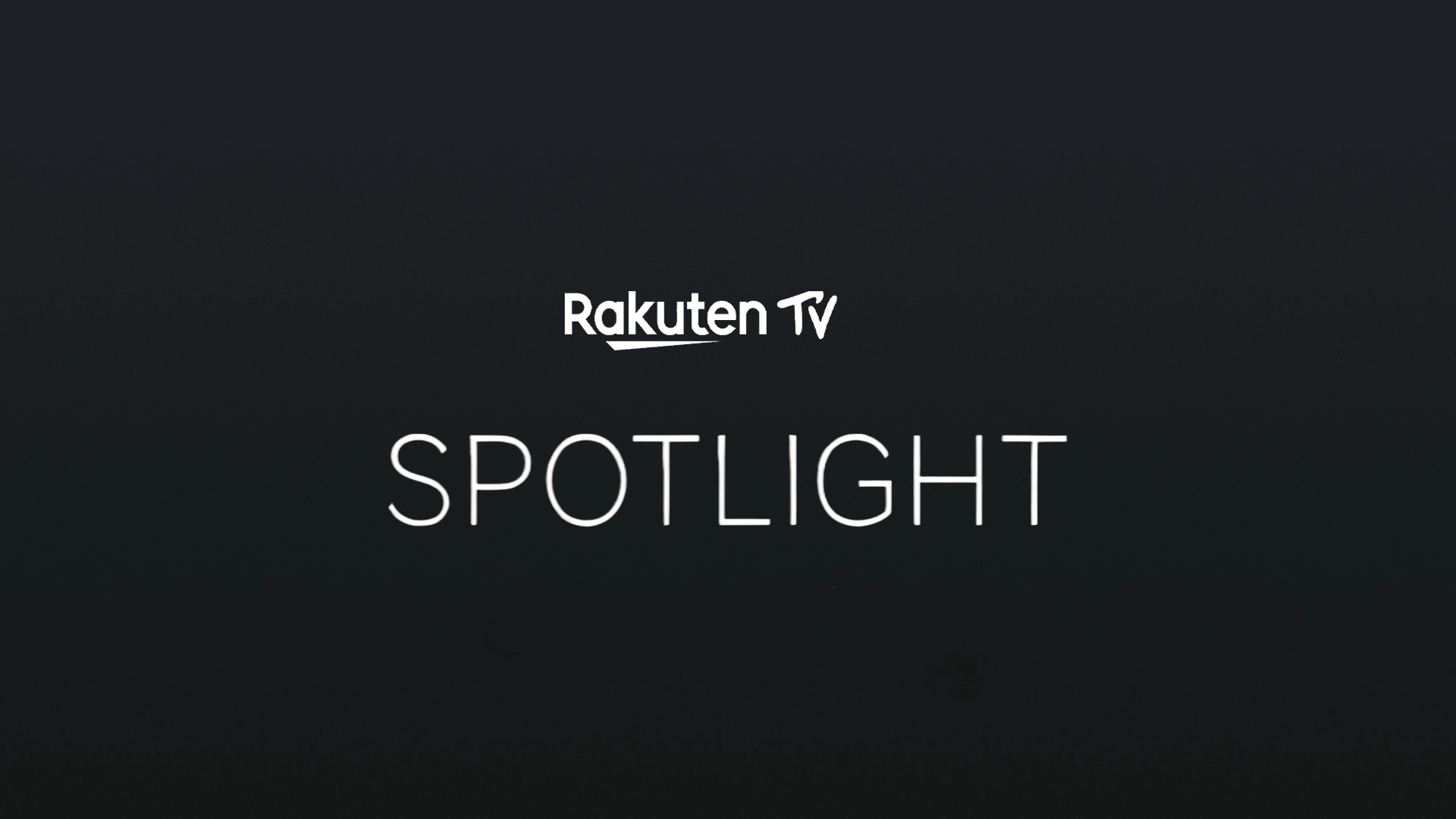Das Erste: Germany’s Premier Public Broadcasting Channel
Introduction
Das Erste, meaning “The First,” is Germany’s flagship public-service television channel. It is a vital part of the nation’s media landscape. Operated by ARD (Arbeitsgemeinschaft der öffentlich-rechtlichen Rundfunkanstalten der Bundesrepublik Deutschland), a coalition of regional public broadcasters, Das Erste has consistently delivered quality, diverse programming since its inception. As a result, it has become one of the most trusted sources of information and entertainment in Germany.
Origins and Evolution
The journey of Das Erste began on December 25, 1952, when it debuted as NWDR-Fernsehen under Nordwestdeutscher Rundfunk. Two years later, in 1954, it was renamed Deutsches Fernsehen. Eventually, in 1984, the name changed to Erstes Deutsches Fernsehen, before adopting the shorter, modern branding Das Erste in 1996. Each of these name changes reflects not only a shift in branding but also the channel’s adaptation to a rapidly evolving media landscape.
Moreover, these transitions highlight the channel’s longstanding commitment to public service, innovation, and relevance in a competitive broadcast environment.
Structure and Ownership
Das Erste functions under the broader umbrella of ARD, a federation of nine regional public broadcasters. These include:
-
Bayerischer Rundfunk (BR)
-
Hessischer Rundfunk (HR)
-
Mitteldeutscher Rundfunk (MDR)
-
Norddeutscher Rundfunk (NDR)
-
Radio Bremen (RB)
-
Rundfunk Berlin-Brandenburg (RBB)
-
Saarländischer Rundfunk (SR)
-
Südwestrundfunk (SWR)
-
Westdeutscher Rundfunk (WDR)
Each member broadcaster contributes content to Das Erste, ensuring a balance of national perspective and regional diversity. This decentralized model not only provides a broad spectrum of voices and viewpoints but also guarantees that regional cultures are represented on a national stage.
Furthermore, this approach enhances democratic participation by including local communities in the national discourse.
Programming on Das Erste: A Diverse Mix
The programming on Das Erste spans a wide range of genres, catering to viewers of all ages and interests. From hard-hitting journalism to family-friendly entertainment, the channel maintains a thoughtful balance.
News and Journalism on Das Erste
At the forefront of Das Erste’s journalistic output is Tagesschau, Germany’s most-watched and most-trusted news broadcast. It delivers timely and comprehensive news coverage on both domestic and global events.
In addition to Tagesschau, the channel features Tagesthemen, which offers more detailed analysis, and Panorama, a political magazine known for investigative reporting. These programs uphold Das Erste’s core values of transparency, accuracy, and public accountability.
Consequently, the channel has earned a reputation for journalistic excellence.
Entertainment and Drama
Beyond news, Das Erste Channel is celebrated for its engaging entertainment content. A prime example is Tatort, a long-running crime series that is produced collaboratively by different regional broadcasters. Notably, each episode is set in a different German city, lending a unique local flair and allowing for a diverse range of stories and characters.
In addition, popular shows like Verstehen Sie Spaß?, a hidden-camera comedy show, and Inas Nacht, a late-night talk show, provide humor and human connection, further expanding the channel’s appeal.
Cultural and Educational Content
Beyond entertainment, Das Erste plays a significant role in cultural and educational broadcasting. Children’s programs like Die Sendung mit der Maus and Sesamstraße are classics in German households. Moreover, adult-oriented documentaries and cultural features offer insights into arts, science, and history. This commitment to educational programming reflects the channel’s public service mission.
How Das Erste Leads in Technological Innovation
Over the years, Das Erste has embraced technological advancements to enhance the viewer experience. It transitioned to high-definition broadcasting, offering improved picture quality. Moreover, its online streaming services allow audiences to access content anytime, anywhere. As a result, the channel stays relevant to modern viewing habits.
Funding and Public Service Mission
As a public-service broadcaster, Das Erste is primarily funded through a mandatory license fee, known as the Rundfunkbeitrag, which is paid by households in Germany. This funding structure ensures independence from both commercial pressures and political influence. Therefore, Das Erste can maintain a strong focus on providing balanced, impartial, and diverse content in the public interest.
Audience Engagement and Impact
Das Erste consistently ranks among the most-watched channels in Germany. Its programming not only entertains but also informs and educates. Importantly, the channel contributes to public discourse and shapes societal values, making it a vital part of Germany’s media ecosystem.
Conclusion
With a rich history, a decentralized and inclusive structure, and a firm commitment to public service, Das Erste continues to be a pillar of German broadcasting. Its varied programming, regional representation, and technological adaptability ensure it remains a trusted and essential source of news and entertainment for millions of viewers.
Sources:



Add :